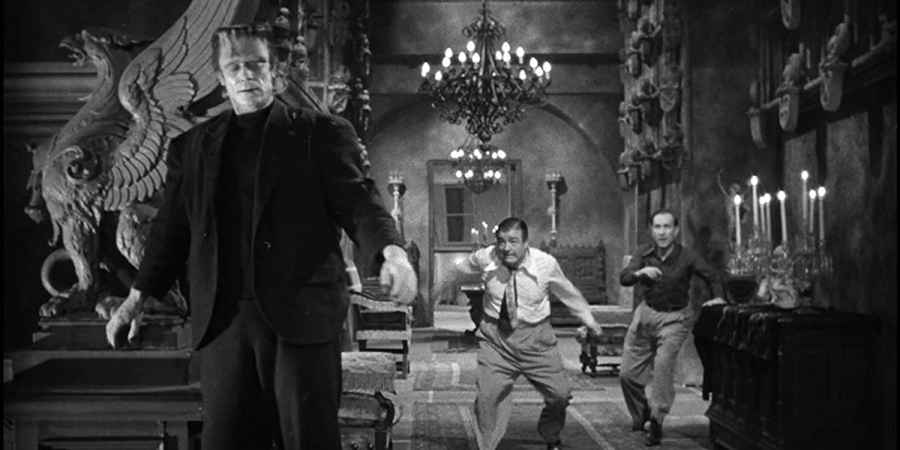

This page is more than four years old and was last updated in September 2023.
Horror movies are almost as old as the medium of film itself. We love them for their jump scares, but also how they reflect our deepest fears and anxieties. In short, horror resonates with us. If you're interested in reflecting on the horror genre, then let our ultimate guide to horror movies show how we got from innovative and timeless tales to modern classics like 'Let the Right One In', 'The Cabin in the Woods', and 'Us'.
Silent era horror movies laid the groundwork to craft stories and scares through atmosphere and visuals, without color, sound, or even music. (Outside of theater organs that might accompany the pictures, that is.) The horror genre evolved along with film technology, adding much to the monsters we could imagine, control of the mood through music and, of course, the sound of screams. It’s hard to imagine a horror movie without some screams!
We'll delve into some of these technological topics along with the films of celebrated directors, and the horror movies that were so innovative that they conjured new subgenres. These "firsts" brought new ideas to the cinema conversation, laying the groundwork for so many other films. As much as we'd like to add all of our favorites and guilty pleasures, we'll be sticking with firsts and other innovative horror movies, or else the list would never end!

Image Created by HalloweenCostumes.com
Horror movies are constantly evolving, from thrilling scenes and jump scare shocks to the monsters you never see and those you can't wait to see again. Join HalloweenCostumes.com as we look back at the films that shaped the horror genre in this Ultimate Guide to Horror Movies.
The House Of The Devil (1896)
Directed By: George Méliès
A French silent film, it was the world's first horror movie. It was thought to be lost until a copy was found in 1988 in the New Zealand Film Archive.
The Phantom Melody (1920)
Directed By: Douglas Gerrard
First horror movie by Universal, which later became famous for their Universal Classic Monsters franchise.
- Dracula (1931)
- Frankenstein (1931)
- The Mummy (1932)
- The Invisible Man (1933)
- Bride of Frankenstein (1935)
- The Wolfman (1941)
The Cabinet Of Dr. Caligari (1920)
Directed By: Robert Wiene
A German silent film, it is considered to be the first great film of the horror movie genre.
Nosferatu, A Symphony of Horror (1922)
Directed By: F.W. Murnau
First filming of the Dracula story (although unofficial and unauthorized). The Stoker estate sued the production company for copyright infringement and won. While the court ruled that all copies of the film should be destroyed, a few survived and Nosferatu is appreciated as an influence on cinema today.
The Cat and the Canary (1927)
Directed By: Paul Leni
One of Universal's early horror films and an influential haunted house movie. A spooky old house was an ideal setting for early horror movies.
Film historian Carlos Clarens called it "the cornerstone of Universal's school of horror".
The Terror (1928)
Directed By: Roth Del Ruth
This was the first "all-talking" horror movie with sound.
The Great Gabbo (1929)
Directed By: James Cruze
Influenced the "creepy doll" trope in horror movies. In this early example, the ventriloquist is the villain. Many of the early "creepy doll" movies featured ventriloquist dummies. Eventually, dolls became the norm.
- Dead of Night (1945) - An early example of a film where the ventriloquist dummy was the villain.
- Trilogy of Terror (1975) - One of the three segments in this anthology horror movie features a Zuni fetish doll.
- Dolls (1987) - The first full-length feature film about killer dolls.
Dracula (1931)
Directed By: Tod Browning
This is the first Dracula movie with sound, and the second Universal classic monster movie. Bela Lugosi, the actor who played Dracula, became typecast as a horror movie villain after this role.
Dr. Jekyll & Mr. Hyde (1931)
Directed By: Rouben Mamoulian
Fredric March, who played Jekyll and Hyde, became the first actor in a horror movie to win the Academy Award for Best Actor.
White Zombie (1932)
Directed By: Tod Browning & Karl Freund
Considered to be the first feature-length zombie movie.
King Kong (1933)
Directed By: Merian C. Cooper & Ernest B. Schoedsack
First giant monster movie. Selected for preservation in the National Film Registry by the Library of Congress in 1991.
Werewolf of London (1935)
Directed By: Stuart Walker
Hollywood's first werewolf movie, and the first to use makeup in order to give an actor wolf-like features.
Abbott & Costello Meet Frankenstein (1948)
Directed By: Charles Barton
This is the first commercially successful horror comedy movie, which helped cement the staying power of this genre. Added to the National Film Registry in 2001.
The Fly (1958) & The Blob (1958)
Directed By: Kurt Newman/Irvin Yeaworth
These films influenced the rise of the body horror subgenre.
Psycho (1960) & Peeping Tom (1960)
Directed By: Alfred Hitchcock/Michael Powell
Both films influenced the slasher genre.
Blood Feast (1963)
Directed By: Charles Barton
The first splatter movie, a subgenre known for its extreme blood and gore.
- The first movie in the "Blood Trilogy":
- Two Thousand Maniacs (1964)
- Color Me Blood Red (1965)
Night Of The Living Dead (1968)
Directed By: George A. Romero
Many zombie movies before this one involved voodoo possession and black magic. This undead zombie movie became the blueprint for many zombie films to come. This horror movie also brings the shocking and dehumanizing effects of racism to the forefront.
The first of the Night of the Living Dead series:
- Night of the Living Dead (1968)
- Dawn of the Dead (1978)
- Day of the Dead (1985)
- Land of the Dead (2005)
- Diary of the Dead (2005)
- Survival of the Dead (2009)
- Road of the Dead (TBA)
Rosemary's Baby (1968)
Directed By: Roman Polanski
Rosemary's Baby is a hallmark of art-horror, a subgenre of both horror and art films.
It was selected by the Library of Congress for preservation in the National Film Registry in 2014.
The movie won countless awards and is held in universal acclaim.
A few other notable art horror films:
- The Wicker Man (1973)
- Eraserhead (1977)
- Suspiria (1977)
- The Shining (1980)
- Let the Right One In (2008)
A Bay of Blood (1971), Texas Chainsaw Massacre (1974) & Black Christmas (1974)
Directed By: Mario Bavo/Tobe Hooper/Bob Clark
These three horror films are usually cited as the first slasher movie. (It mostly depends on who you ask!) Texas Chainsaw Massacre & Black Christmas both included early examples of the "final girl" trope.
The Exorcist (1973)
Directed By: William Friedkin
The Exorcist was the first horror movie nominated for an Academy Award for Best Picture. It was nominated for 10 Academy Awards, winning 2: Best Adapted Screenplay and Best Sound Mixing. It was selected by the Library of Congress in 2010 for preservation in the National Film Registry.
Jaws (1975)
Directed By: Steven Spielberg
Jaws was the first summer blockbuster film. It was also the first movie to earn $100 million at the box office.
Eraserhead (1977)
Directed By: David Lynch
David Lynch wrote, directed, and produced the film; he also worked on much of the sound design and score. The sound design in particular is considered to be one of the film's defining features. It was added to the National Film Registry in 2004. While the box office performance and early reviews were poor, Eraserhead is now acclaimed by filmmakers and critics.
Halloween (1978)
Directed By: John Carpenter
This was one of the highest-grossing independent movies of all time.
Halloween became the template for other slasher movies to follow.
Alien (1979)
Directed By: Ridley Scott
Alien started a media franchise and is considered to be one of the greatest films of all time. In 2002, Alien was selected by the Library of National Congress for preservation in the National Film Registry.
It has a lasting impact on both the sci-fi and horror film genres.
Friday the 13th (1980)
Directed By: Sean S. Cunningham
Friday the 13th is currently the longest-running horror movie franchise with 12 films. Halloween, currently at 11 films, may overtake Friday the 13th, as there are more sequels on the way. Jason also boasts the highest body count in the entire slasher movie genre with 157.
Cannibal Holocaust (1980)
Directed By: Ruggero Deodato
First found-footage horror movie. This film is highly controversial as it was plagued by snuff film allegations, and features real cruelty to animals.
Looker (1981)
Directed By: Michael Crichton
Looker was the first movie to showcase a fully CGI human and also the first to use 3D-shaded CGI.
The Thing (1982)
Directed By: John Carpenter
Initially a disappointment at the box office, The Thing gained cult classic status after release on video. Later assessments have cemented this movie as a milestone for the horror genre. It has been cited as an influence for many other works, and has been referenced within a number of other movies, video games and TV shows.
The Return of the Living Dead (1985)
Directed By: Dan O'Bannon
The Return of the Living Dead was the first zombie film with fast, running zombies. It also popularized the idea of zombies eating human brains.
Blood Harvest (1987), Funland (1987) & Out Of The Dark (1989)
Directed By: Bill Rebane/Michael A. Simpson/Michael Schroeder
These movies helped define the killer clown genre.
The Exorcist III (1990)
Directed By: William Peter Blatty
The third film in the series contains what some consider to be the scariest jump scare in horror. William Peter Blatty wrote The Exorcist novel and the first film's screenplay. He won an Academy Award for Best Adapted Screenplay.
The Silence Of The Lambs (1991)
Directed By: Jonathan Demme
Currently the only horror movie to win the Academy Award for Best Picture. The Silence of the Lambs was also the third movie in history to win the "big 5" Academy Awards: Best Picture, Best Director, Best Actor, Best Actress and Best Adapted Screenplay.
Scream (1996)
Directed By: Wes Craven
Scream was the first popular meta horror film, a genre of film that is self-aware of horror movie tropes. Highest-grossing slasher movie based on adjusted dollars.
The Blair Witch Project (1999)
Directed By: Daniel Myrick & Eduardo Sánchez
Popularized the found footage horror movie subgenre.
It was also one of the most successful independent films of all time.
Resident Evil (2002)
Directed By: W.S. Anderson
First horror movie based on a video game. Started one of the most successful video game film franchises.
- Resident Evil: Apocalypse (2004)
- Resident Evil: Extinction (2007)
- Resident Evil: Afterlife (2010)
- Resident Evil: Retribution (2012)
- Resident Evil: The Final Chapter (2016)
Saw (2004)
Directed By: James Wan
Saw and its resulting franchise began a new wave of torture horror movies.
Innovations in horror are still happening today! While they don't introduce ground-breaking concepts or create subgenres as frequently, excellent horror movies are still being made. They may introduce a new spin on an established concept or feature an all-star cast, but the one thing that these movies have in common is that they're great! Here are a few exemplary 21st century horror movies that you should watch.
28 Days Later (2002)
Shaun of the Dead (2004)
The Descent (2005)
The Orphanage (2007)
Let the Right One In (2008)
The Cabin in the Woods (2011)
The Conjuring (2013)
The Babadook (2014)
Get Out (2017)
Us (2019)
Sources: Wikipedia, Britannica, i09 Gizmodo, ScreenCrush, Rolling Stone, Film School Rejects, Mental Floss, IMDb, Bloody Disgusting, Den of Geek, SyFy, Architectural Digest, Guinness World Records, Screen Rant, CinemaBlend, Fandom, IMDb
More Paranormal Timelines
See All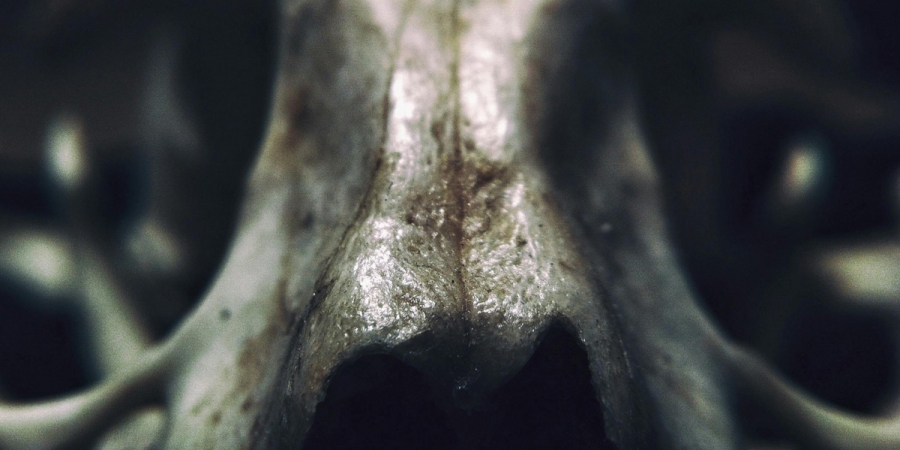
ArraySeptember 08, 2024
Cryptozoology Timeline: A History Of Mysterious Creatures
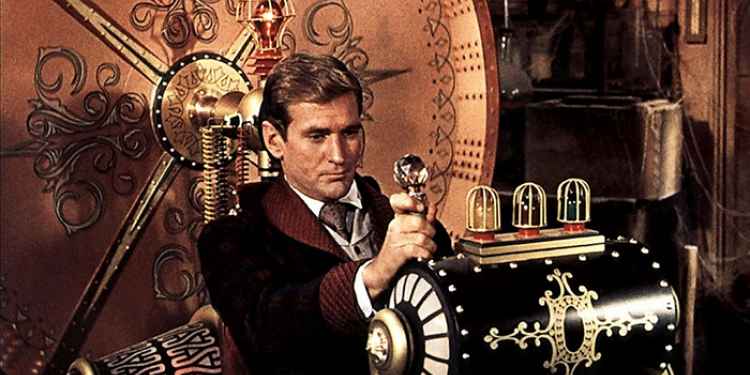
ArraySeptember 05, 2024
History Of Time Travel Timeline: From Science Fiction To Hoaxes & Beyond
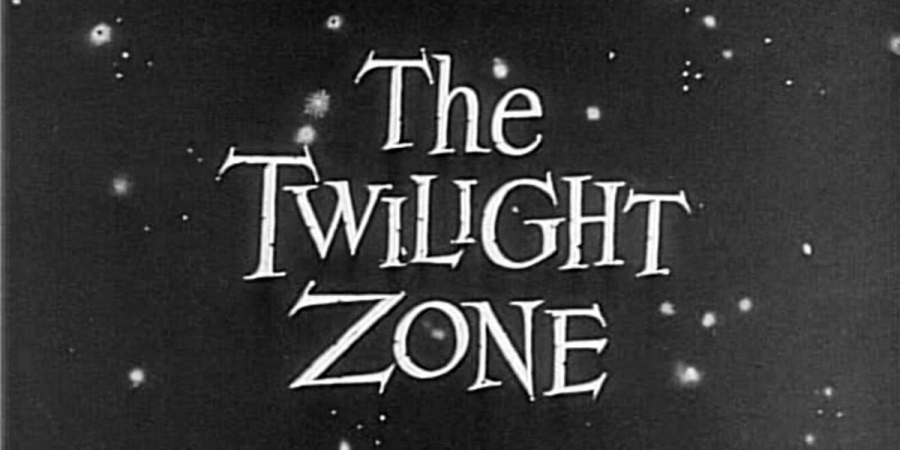
ArraySeptember 11, 2023
Paranormal Pop Culture Timeline
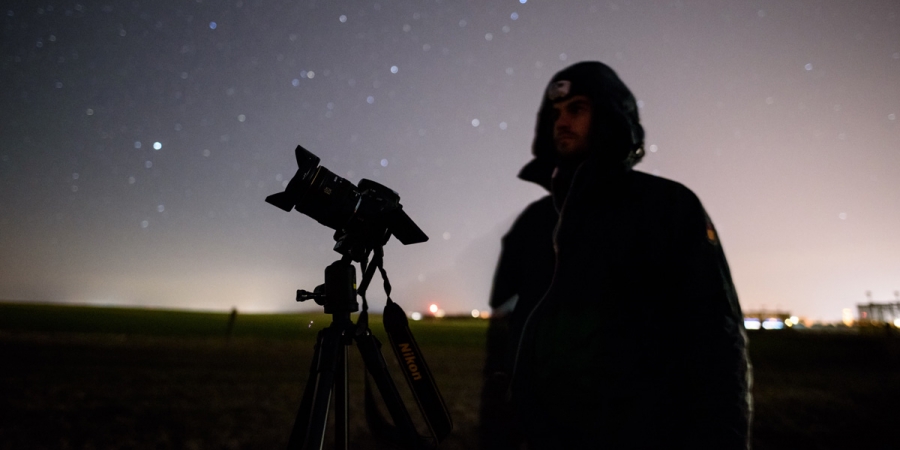
ArrayAugust 10, 2023
Ufology Timeline: UFO Sightings, Investigations & Cultural Impact
Learn With Higgypop
Hosted by Paralearning in association with Higgypop, these courses on ghost hunting, paranormal investigations, and occult practices draw on the experience of our team of paranormal writers.

Diploma In Parapsychology & Psychic Phenomena
This course gives you practical and useful knowledge of ghost hunting and paranormal research, which is invaluable when conducting your own paranormal investigations or as part of a group event.
View Course
Diploma In Advanced Scientific Theory For Paranormal Investigators
This course gives you practical and useful knowledge of ghost hunting and paranormal research, which is invaluable when conducting your own paranormal investigations or as part of a group event.
View CourseMore Like This
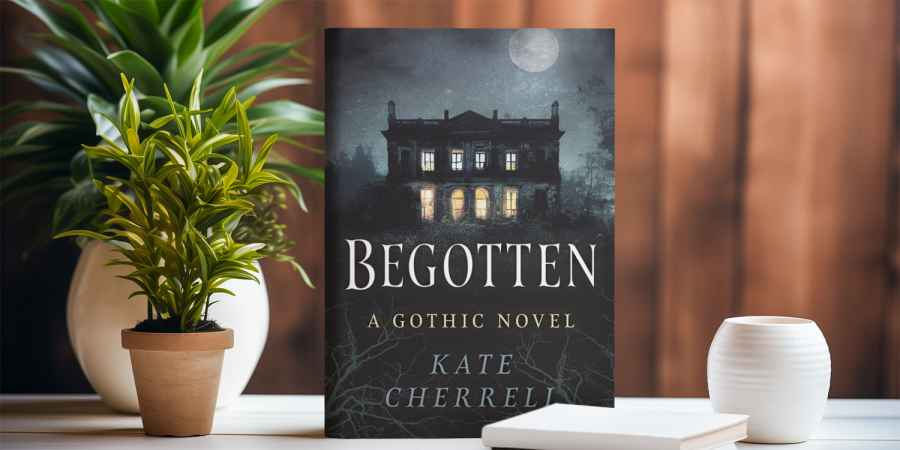
Kate CherrellApril 14, 2025
Kate Cherrell's Debut Gothic Horror Novel 'Begotten' Arrives This May
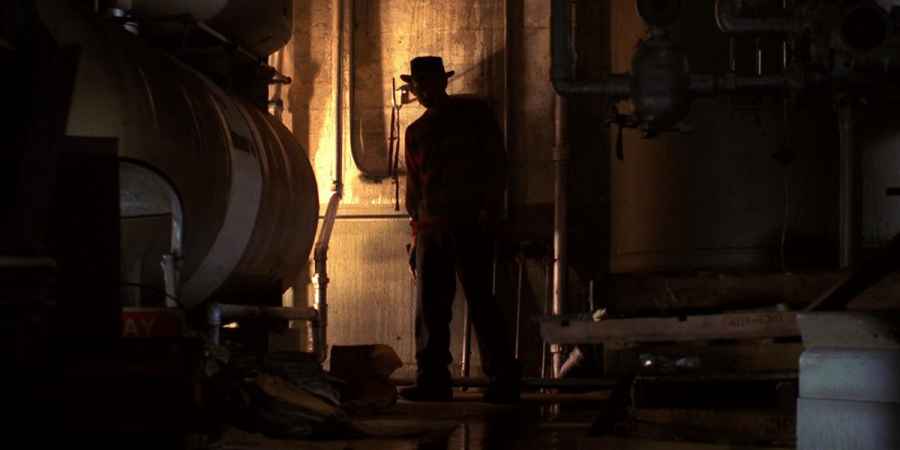
Nightmare On Elm StreetApril 08, 2025
New 'A Nightmare On Elm Street' Movie Reboot Gets An Official Update
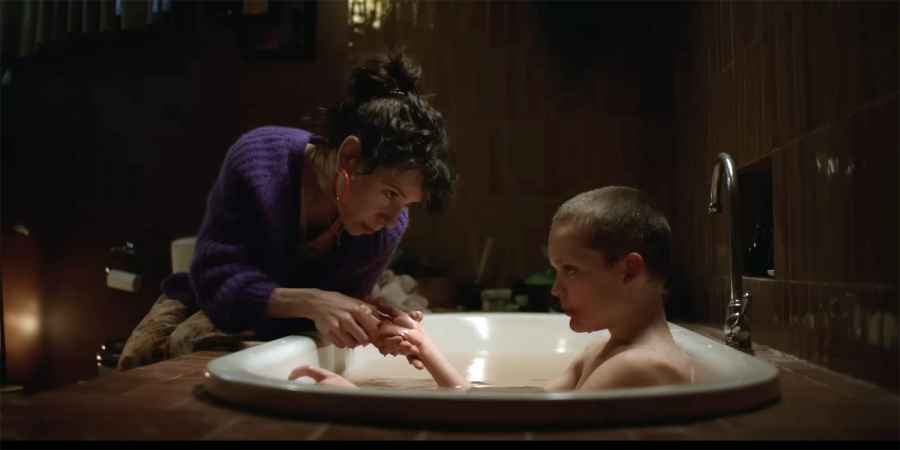
HorrorApril 03, 2025
Watch The Trailer For Australian Horror Movie 'Bring Her Back'
 See More on Audible
See More on Audible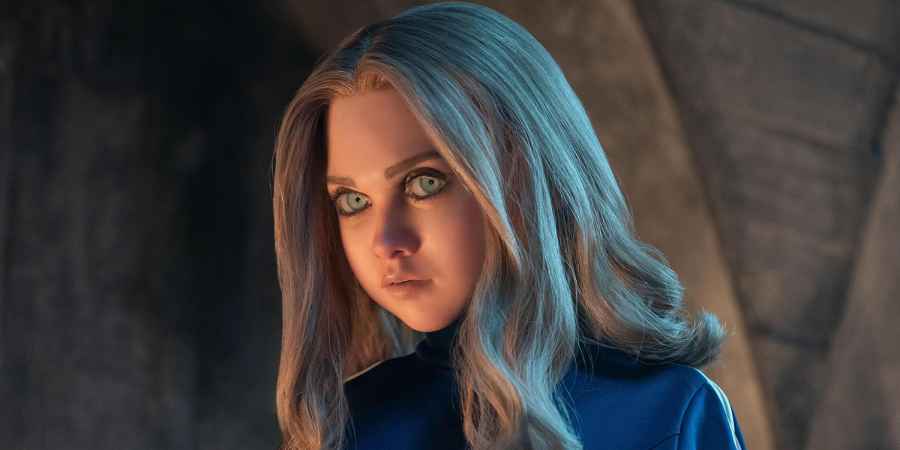

Comments
Want To Join The Conversation?
Sign in or create an account to leave a comment.
Sign In
Create Account
Account Settings
Be the first to comment.